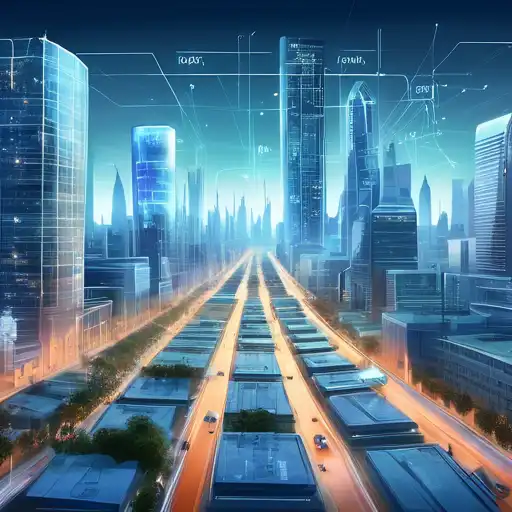Introduction to IoT and Smart Cities
The Internet of Things (IoT) is revolutionizing the way we live, work, and interact with our environment. By connecting devices and systems across cities, IoT is paving the way for smarter, more efficient urban landscapes. This article explores how IoT technologies are transforming cities into smart cities, enhancing the quality of life for residents and visitors alike.
Key IoT Technologies Driving Smart Cities
Several IoT technologies are at the forefront of smart city development. These include:
- Smart Sensors: Deployed across the city to monitor everything from traffic flow to air quality.
- Connected Infrastructure: Bridges, roads, and buildings equipped with IoT devices for real-time monitoring and maintenance.
- Intelligent Transportation Systems: IoT-enabled traffic lights and public transport systems reduce congestion and improve commute times.
- Energy Management Systems: Smart grids and meters optimize energy use, reducing costs and environmental impact.
Benefits of IoT in Urban Environments
The integration of IoT into city infrastructure offers numerous benefits, including:
- Enhanced Public Safety: Real-time surveillance and emergency response systems keep citizens safe.
- Improved Sustainability: IoT applications in waste management and energy use contribute to greener cities.
- Increased Efficiency: Automated systems and data analytics streamline city operations, saving time and resources.
- Better Quality of Life: From reduced pollution to smarter homes, IoT makes urban living more comfortable and convenient.
Challenges and Considerations
Despite its potential, the adoption of IoT in smart cities faces several challenges:
- Privacy and Security: The vast amount of data collected raises concerns about privacy and the risk of cyberattacks.
- High Implementation Costs: The initial investment in IoT infrastructure can be significant.
- Interoperability Issues: Ensuring different IoT systems and devices can communicate effectively is crucial.
Future Prospects
The future of IoT in smart cities is bright, with ongoing advancements in technology and increasing adoption by municipalities worldwide. As IoT becomes more integrated into urban planning, cities will become more responsive, sustainable, and livable.
Conclusion
IoT is undeniably making cities smarter, offering solutions to many urban challenges. By embracing IoT, cities can improve efficiency, sustainability, and the overall quality of life for their inhabitants. The journey towards fully smart cities is complex and requires careful planning, but the potential benefits make it a worthwhile endeavor.
